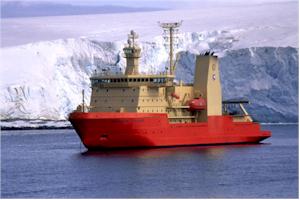Trace Element and Micronutrient Biogeochemistry
Despite the critical role of metals in metalloproteins, their abundances are extraordinarily scarce in the oceans – at nanomolar or picomolar levels. The connection between metal availability and their underlying biogeochemical cycling, and cellular biochemistry is an area of active research in our laboratory. The Saito laboratory develops and deploys low level trace metal measurements in natural environments to understand elemental biogeochemical cycles and their potential to influence the microbiota. We contributed the dissolved cobalt measurements for US GEOTRACES program expeditions (GA03a,GA03b, GP15, GP16, GN01, and GP17), observing large plumes of cobalt emanating from the oxygen minimum zones and increasing concentrations of cobalt in the Arctic Ocean. We have also conducted bioactive metal measurements in the Atlantic, Pacific, and Southern Oceans on our CoFeMUG (and iron), METZYME, ProteOMZ, CliOMZ, CICLOPS (a and b), and CASHEW research expeditions, including observing one of the first large scale hydrothermal plumes in the South Atlantic, as well as connecting metal distributions to protein diagnostic capabilities.



